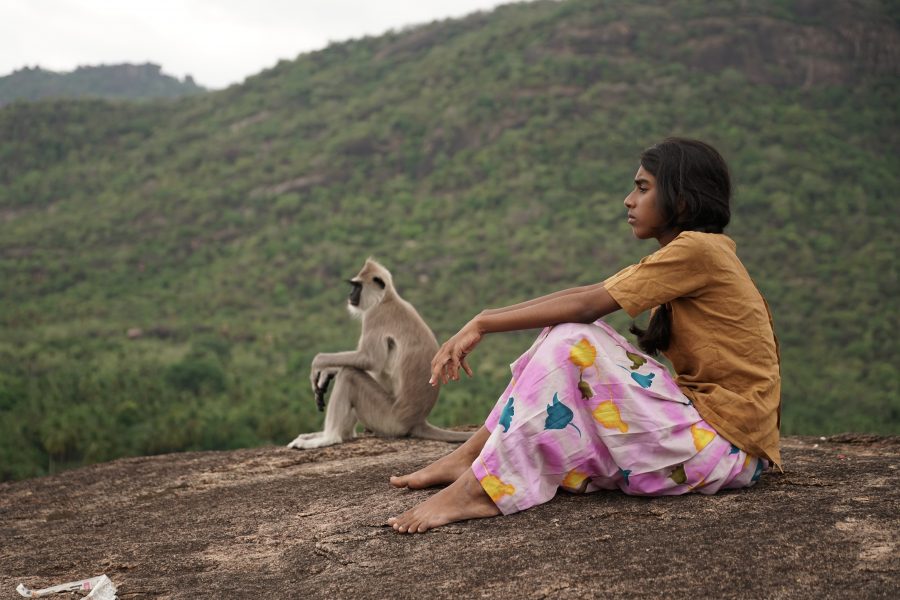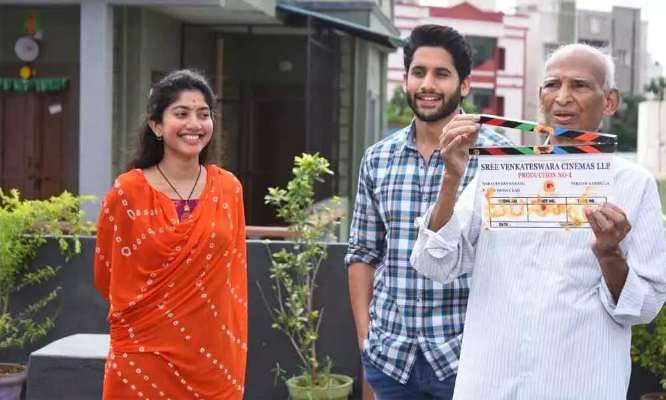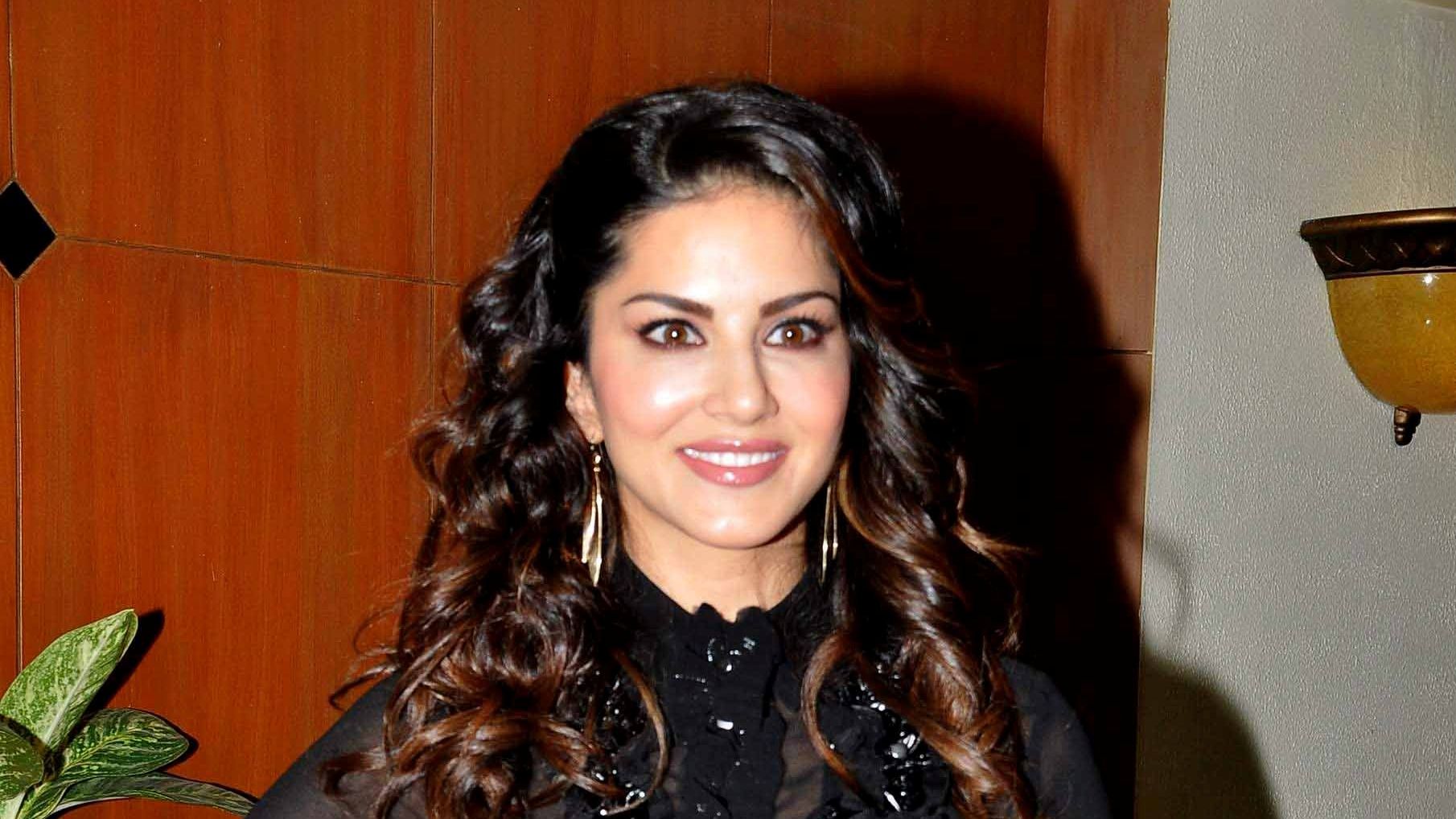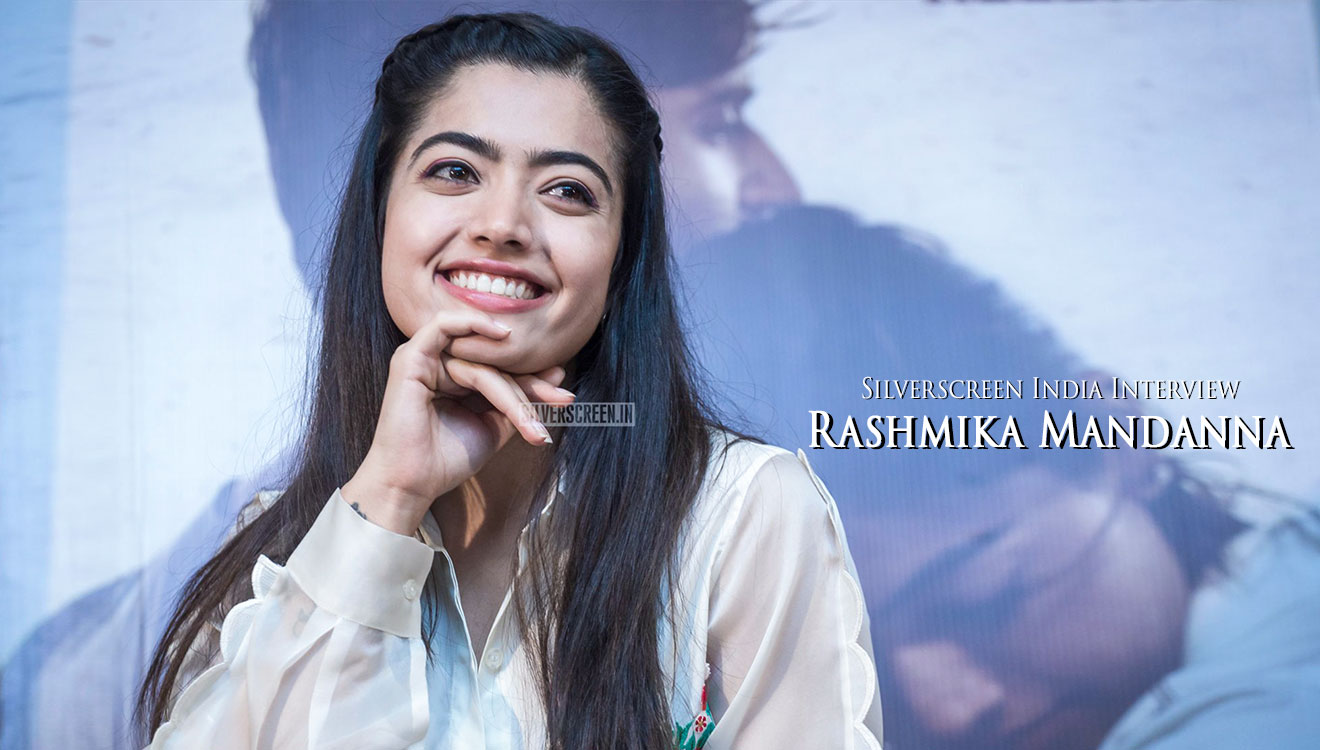Maadathy (international title An Unfairy Tale), the second feature film of filmmaker Leena Manimekalai, is set to stream on Neestream from Thursday. The 90-minute film, written and directed by Leena, comes with the tagline: “Nobodies do not have Gods; they are Gods.”
The film focuses on the Puthirai Vannaar community, an “unseeable” Dalit caste in southern India. One of the most oppressed castes in Tamil Nadu, their forced occupation involves washing clothes of other Dalits, the dead, and menstruating women.
Leena says she happened to read about this caste in Dr Ambedkar’s fifth volume of writings, in an article titled Civilization or Felony. Ambedkar’s description of them as a group that is “not allowed to come out during day time because their sight is enough to cause pollution” led her to learn more about them and eventually, to make Maadathy.
The film follows the life of a young girl Yosana (Ajmina Kassim), who belongs to the Puthirai Vannaar caste, and it tells the tale of how she becomes immortalised as the local deity, Maadathy.
Maadathy had its world premiere at the Busan International Film Festival in 2019 and premiered in India at the Kolkata International Film Festival, the same year.
In an email interview with Silverscreen India, Leena tells us about the making of the film, what it means to portray the marginalised in cinema, and the experience she gained while working on Maadathy.
How and when did Maadathy begin?
It all started in 2015 while I was working on my feature documentary Rape Nation that follows the life and struggles of five survivors of rape across the Indian subcontinent. My research led to a paper that analysed how a particular Dalit caste group is forced to perpetually relocate in order to keep their women safe from caste-based sexual violence. This was when I read what Dr Ambedkar wrote about the Puthirai Vannaar caste.
I went to Tirunelveli in search of this “unseeable” caste in 2016. Artist Chandru, a retired principal from Government College of Fine Arts, Chennai, connected me to the community and I met Moorthy ayya, a first-generation graduate who is now a retired tahshildar. He became my extended family. I also met almost all the members of the community in around 40 villages across Tirunelveli district. The stories I heard from these men, women and children showed me the path to Maadathy.
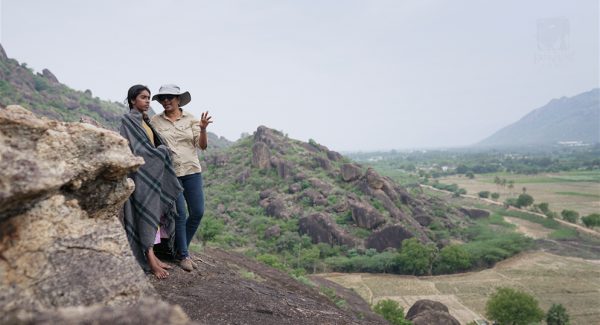
Can you tell us a bit about the production of Maadathy? Did you face any challenges when shooting?
After extensive research and writing drafts of the script, I started shooting the film in 2017 around the villages near Papanasam in Tirunelveli district. I initially had a producer who abandoned the project after a few days of shoot. I sought help from friends to continue the production, but ran out of resources. Then, I had to initiate a crowdfunding drive on Facebook. I sold a package of my 14 films on a pen drive and nine of my books for Rs 5,000 and also raised Rs 18 lakh that helped me produce a first cut. I then pitched the first draft of Maadathy at the Singapore South Asian Film Market and won gap funding from my co-producers, Golden Ratio Films. In the process, I met another passionate producer through Facebook, Bhavana Goparaju, a data scientist in the US who came on board as another co-producer.
Maadathy was filmed entirely with the help and participation of the local community. The whole production process, creatively and logistically, was an experiment and hence challenging. The film crew stayed with the community for months together. We workshopped the entire film in terms of mis-en-scene (orchestration of a scene), dialogues, staging, and language. The community was cooking, feeding, helping in all aspects of production. There were roadblocks everywhere, which we, the film crew, wouldn’t have been able to navigate through without the community.
The cast, be it Yosana, her family or the villagers, all feel very apt for their roles. How did you go about casting for the film?
Except a few of the main characters, the ensemble cast is drawn from the community itself. 99% of them had never faced a camera in their entire life. Semmalar (who plays Yosana’s mother Veni), Arul Kumar (Sudalai), Purshothaman, and Srinivasan are the actors we chose from outside the community. All of them hail from a theatre background. Ajmina and Patrick Raj (Panneer) have done small roles in mainstream films and I picked them since they suited the characters and were willing to dedicate the kind of time and energy the project demanded. Everyone went through rigorous dialogue training and rehearsals in the real locations before the actual shoot as we were working on a very small budget and a short schedule.
You mentioned dialogue training. Can you explain why this was important?
In all my films, I use sync sound. And language is very crucial in my films. Language is as much a character in my films as the landscape. I don’t sanitise it; I want it to sound the way it is spoken by the people whose stories I am telling. My films face censorship issues every time for profanity. But that’s how people speak. Our culture is encoded in language.
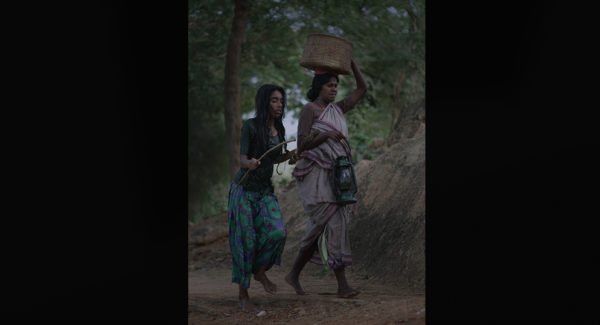
You had previously said that CBFC had refused to pass the film without cuts and Film Certificate Appellate Tribunal had helped in reversing it. What did the CBFC object to? And now that the FCAT has been scrapped, how do you think this will affect filmmaking?
Without the FCAT, I would not have got both my films Sengadal and Maadathy cleared without a single cut. I am an artist who fiercely resists censorship and guards the rights of the creator and the audience to experience art without the interference of the state or any agencies of power. Maadathy was initially refused certification by the CBFC stating the film offends Hinduism, portrays a minor in infatuation, and uses inflammatory language. My lawyer and I fought this citing article 19A of our constitution that protects our freedom of expression.
The union government abolishing the Tribunal and directing filmmakers to approach the courts directly if there is a conflict with CBFC, is a huge blow to freedom of expression. It will definitely impose self-censorship in the writing stage itself in order to avoid court cases. It is fucking hell for a filmmaker to think of censorship when he or she is writing the film. The film fraternity should demand the abolition of the colonial waste of an organisation that CBFC is or at least make it behave only as a certification board and not as a censor board. It is ridiculous that we are still talking about censorship after 75 years of democracy.
One of Maadathy’s core concepts is intersectional feminism, about what women of marginalised communities go through. This is juxtaposed with folklore or the (un)fairy tale. What gave birth to this idea?
The history that we read in our academic textbooks, written by the pimps of the powerful don’t have pages for the marginalised. In my opinion, the oral history that is been passed on through the generations as folklore is the real history of the people. Maadathy is the kind of fairy tale I heard from my mothers and grandmothers while growing up. It is a tale of assertion. The assertion of the nobodies who are wronged by society. Folk tales have always memorialised the stories of our ancestors. I have memorialised Maadathy in the form of cinema.
Lately, there have been many films that throw light on marginalised communities, in commercial cinema too. What do you think has contributed to this paradigm shift?
The authorship was always with men of the privileged class and caste since the inception of cinema. Now, this shift is happening because of the arrival of authors from the oppressed castes and gender. This is been the case in literature and politics too. One has to remember that Dalit writers and women poets from the oppressed castes arrived in Tamil literature only at the beginning of the 2000s, while Tamil boasts 3,000 years of history and legacy.
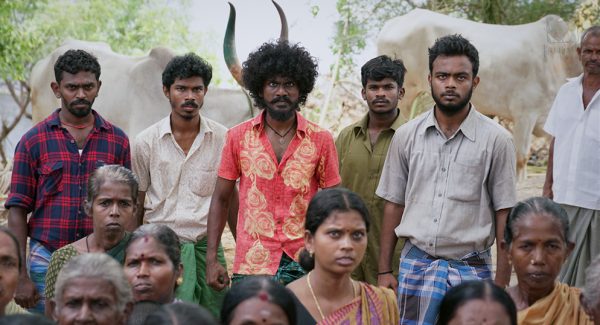
There is always a difference in making a film about the ‘other’ as compared to telling your own story. You mentioned that you traced down the community, read all the material available, conducted hours of interviews, stayed with them for months in the remote villages of south Tamil Nadu, and finally realised the script with their active input and participation. Do you feel all of this helped you tell an authentic story?
All my films have been made in this way. My debut feature Sengadal is a cinema verite in which refugees and fishermen of Rameshwaram and Dhanushkodi tell their own stories. Without the community’s participation and collaboration, none of my films could have been made. This is my way of learning and finding the truth. I share what I find with the rest of the world through my films. They might be raw and imperfect but are true of what I discover. I go through tremendous changes in that process and I express that transformation in my films. But I do remember where I come from through all that. We don’t get to choose where and to whom we are born. But, we can choose who we want to be.
Was there any self-doubt while making the film?
I constantly self-criticise and evaluate my creative process. I always imagine myself as this nomad dancer girl walking the tightrope. I risk a fall, but I like the walk.
The film is emotionally almost too heavy to take at certain points. Did it affect you personally while shooting? Were there moments where you felt drained or tired as a filmmaker?
I break down, howl on my knees, and cry oceans. But isn’t that the taste of life, of discovery, of truth? Ignorance is what makes us an accomplice to many injustices. Cinema is my way of curing that ignorance and doing my bit to better my own humanity. I am demoralised and disoriented most of the time. What you see is something created out of that liminal sanity. I survive purely because of my lust for life and search for some meaning to my existence.

Two years after premiering at Busan Film Festival, the film is now set to stream on Neestream. How do you see OTT platforms helping indie filmmakers like you?
I chose Neestream because it made a powerful indie film like The Great Indian Kitchen, a success story. The other big OTTs are running behind Khans and Kanths. This digital revolution and democratisation of technology has enabled me as a filmmaker, given my gender, class, and caste background. It is the same technology that is helping me take my film directly to my audience. I am super thrilled.
Recommended
What do you hope to achieve with a film like Maadathy? Do you believe it can change the mindset of people with regard to caste and gender violence?
I am introducing the female gaze to the Tamil audience. Through the history of Tamil cinema, stories were always told from the feudal, casteist, patriarchal gaze. I invite the audience to see, participate and understand the world through a female gaze.
What is next for you in terms of future projects?
York University chooses a global filmmaker every year and awards a full scholarship for a studio-based MFA Degree. I am pursuing that right now. I have already made six shorts in two semesters and I am on my way to make my thesis film in Toronto, Canada. My next two projects are Indo-Canadian co-productions. You will get to see them in the coming years.
